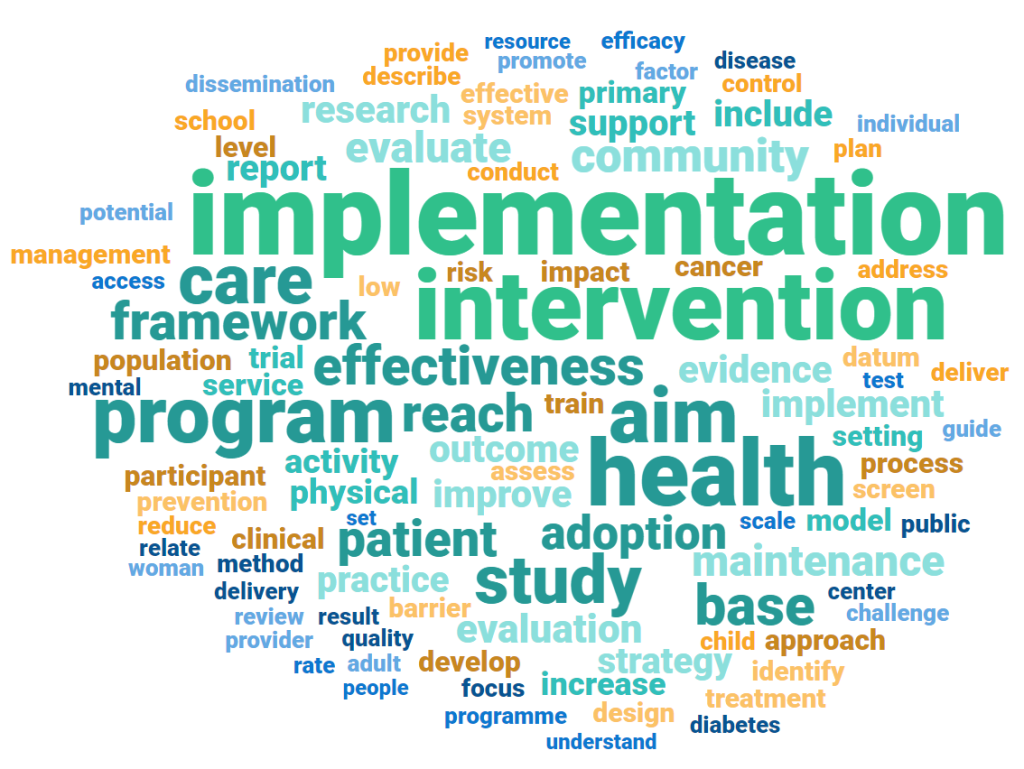When you hear the term RE-AIM, your thoughts may immediately drift to public health and the implementation of health promotion programs. Although, indeed, the RE-AIM framework was initially developed to improve the reach and effectiveness of public health interventions, its principles have wide-reaching potential. In fact, businesses and organizations in the private sector can immensely benefit from adopting the RE-AIM framework to optimize their strategies, products, and services. Let’s dive deep into understanding this framework and its applications.

What is RE-AIM?
RE-AIM is an acronym representing five evaluation dimensions:
- Reach – The number or proportion of individuals who participate in an intervention.
- Efficacy – The impact of the intervention on important outcomes, including potential negative effects, quality of life, and economic outcomes.
- Adoption – The number or proportion of settings, institutions, and staff willing to offer the intervention.
- Implementation – The extent to which the intervention is implemented as intended in the real world.
- Maintenance – The extent to which the intervention becomes institutionalized or part of routine organizational practices.
How can RE-AIM be applied in the Private Sector?
The success of any business or project lies in its effectiveness and its impact on the end users. The RE-AIM framework can guide businesses in ensuring they achieve these goals. Here’s how:
- Reach: By understanding and evaluating the reach, businesses can assess how well their products or services are being adopted by their target audience. Are your marketing campaigns reaching the right people? Are there sections of the market you haven’t tapped into yet?
- Efficacy: For businesses, efficacy could translate to customer satisfaction, product effectiveness, or ROI. It’s essential to measure how effective a product, service, or business process is and where improvements can be made.
- Adoption: Are all branches or sections of a business adopting a new technology or methodology? Are franchises or partner companies onboard with a new initiative? Evaluating adoption can help businesses understand their internal success rate and areas of resistance.
- Implementation: A strategy is only as good as its execution. It’s not just about ‘what’ businesses do but ‘how’ they do it. Properly implementing strategies, technologies, and processes ensures efficiency and better results.
- Maintenance: In the long run, consistent results and growth depend on maintenance. Can your business sustain the new changes? How well are the new strategies, tools, or methods integrated into the daily operations?

Benefits of RE-AIM in the Private Sector:
- Comprehensive Evaluation: RE-AIM provides a holistic view of its effectiveness by covering every facet of an intervention or strategy, from its reach to its maintenance.
- Informed Decision-Making: With concrete data on efficacy, businesses can make informed choices on what works and needs rethinking.
- Increased Accountability: By regularly assessing adoption and implementation, businesses can ensure every team member is aligned with the company’s goals.
Conclusion:
The RE-AIM framework, with its comprehensive and detailed approach, is not just limited to public health programs. When applied to the private sector, it can provide invaluable insights, drive growth, and ensure the successful and sustainable implementation of strategies and interventions. It’s time for businesses to harness the power of RE-AIM and steer their ventures towards consistent success.
Follow up
Who publishes on RE-AIM? Well, of course, it’s Russ Glasgow. Here’s a longer review of how RE-AIM was used, even if it’s a little older.

